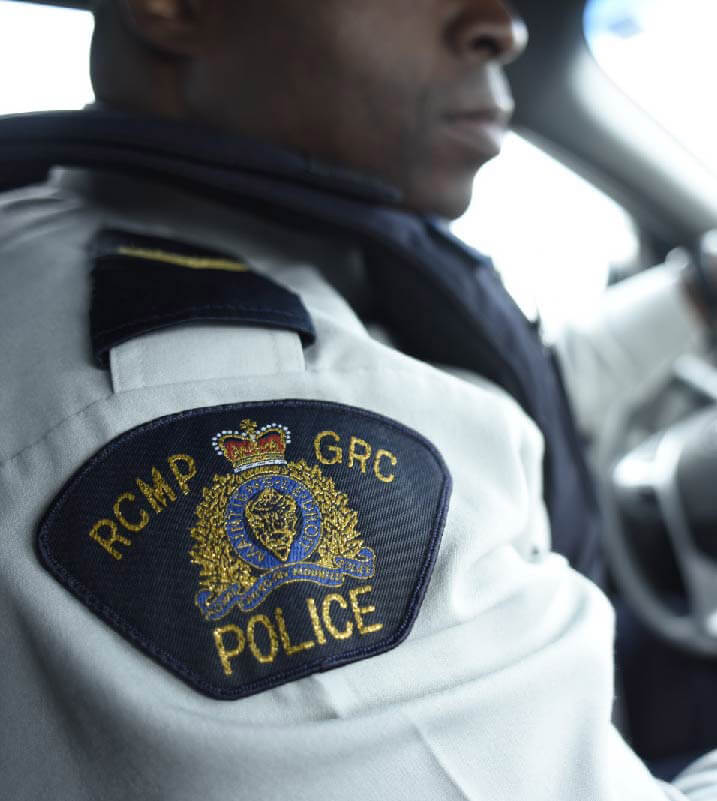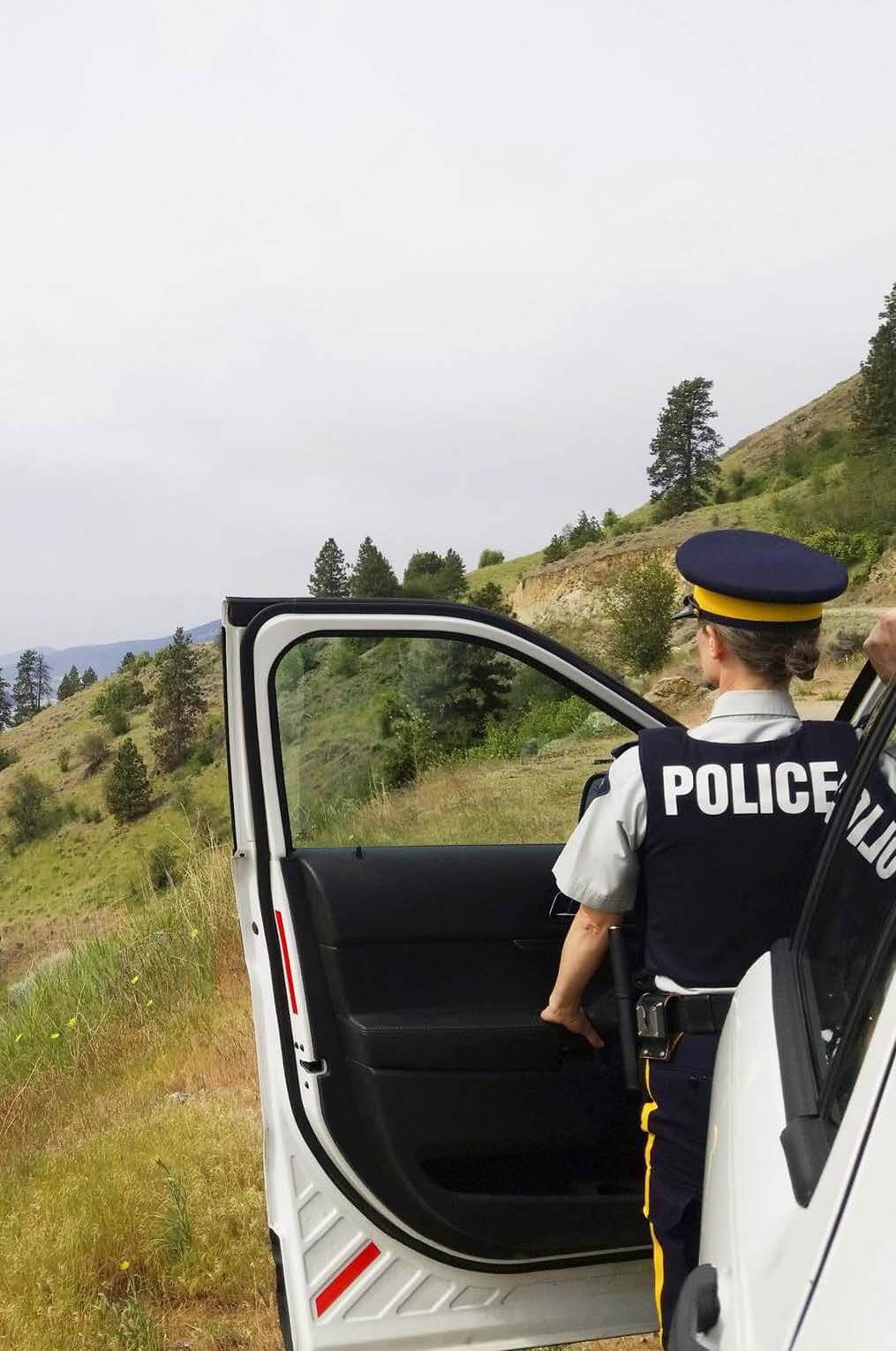Organizational overview
02
Organizational overview
The RCMP holds a unique position within the landscape of Canadian institutions. This section looks at our core responsibilities, our challenges and our ever-changing operating environment.
The RCMP's core responsibilities

The RCMP operates within three core responsibilities:
Federal Policing (FP)
Through FP, the RCMP prevents, detects and investigates serious and organized crime, financial crime, and cybercrime, as well as crimes related to national security. In addition, it enforces federal statutes, conducts international policing activities and ensures border integrity and the security of major events, state officials, dignitaries and foreign missions.
National Policing Services (NPS)
Through NPS, the RCMP maintains national criminal data repositories and provides training, expertise and investigative assistance to all Canadian law enforcement agencies including in forensics, identification, violent crime analysis, criminal intelligence, online child exploitation. It also provides specialized firearms services to prevent and investigate firearms crimes as well as administer the Firearms Act and related regulations.
NPS also provides internal technical services to support operations in the collection of digital evidence, the delivery of policing information technology tools and the oversight of departmental security standards.
Contract and Indigenous Policing (C&IP)
C&IP provides, under the Police Services Agreements, policing to provinces (except Ontario and Quebec) and territories, and to over 150 municipalities and more than 600 Indigenous communities. Services provided in support of safe communities by uniformed and non-uniformed RCMP employees include the general administration of justice, preservation of peace, community policing and the prevention of crime. An important focus is advancing reconciliation with Indigenous Peoples in Canada, as well as connecting with vulnerable communities.
Organizational statistics and facts
| Number of police officers | < 19,000+ |
|---|---|
| Number of civilian employees | 11,000 |
| Number of detachments | 700+ |
| Percentage of regular members who are women | 22% |
| Percentage of regular members who are visible minorities | 12% |
| Percentage of regular members were Indigenous | 8% |
| Number of yearly calls for service | 2.7M |
|---|---|
| Average number of cadets enter the RCMP training academy | 1,200 |
| Number of on-road vehicles | 12,000+ |
|---|---|
| Number of marine vessels | 350+ |
| Number of buildings | 4,300 |
| Number of off-road vehicles | 3,400+ |
| Number of aircraft | 35+ |
| Number of locations | 1,300 |
Key challenges

- The RCMP is a complex and multi-faceted organization facing significant requirements for change and modernization.
- To be an organization with a healthy and inclusive workforce that is capable of policing for and with the diverse communities we represent, the RCMP must be modern, agile and free of harassment, systemic racism and barriers.
- Resource erosion has resulted in increased pressures on front-line policing and support functions, at the same time as new forms of complex criminality have emerged and continue to emerge. Our challenge is to meet these pressures with the right skills, approaches and tools required to ensure Canadians' and Canada's interests remain safe and secure.
The RCMP will tackle these challenges head on as we continue to deliver on Government of Canada priorities, including advancing reconciliation with Indigenous Peoples in Canada, combating transnational organized crime, addressing gender-based violence and implementing changes to firearms legislation.
A complex and evolving operating environment
The RCMP's operating environment is characterized by the ever-evolving nature of criminality in Canada and abroad, as well as changes in technology, legislation, and the political landscape within which the RCMP must navigate. Understanding and adapting to emerging trends is essential. The RCMP's Environmental Scan 2020 lays out the operating environment in detail. The Environmental Scan identified six mega-trends that will help to frame areas the RCMP must consider when developing its strategies and plans. Highlights within each area are presented here.
The 4th industrial revolution
Protecting human rights
Climate change
National security and transnational and serious organized crime
Trust, confidence and transparency
Demographics and society
- Date modified: